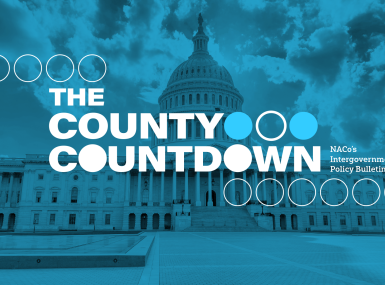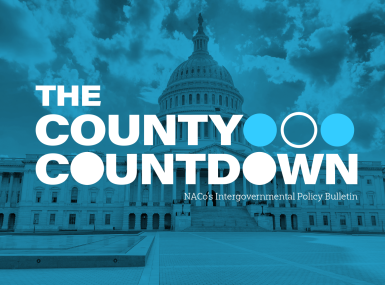The County Human Services and Education Landscape

Author

Julia Cortina
Upcoming Events
Related News
Executive Summary
Regardless of population size, geography and available resources, counties are deeply invested in our residents’ health and well-being. Every day, we provide services that help vulnerable individuals and families thrive, functioning as an integral part of the federal, state and local partnership in human service delivery. Whether keeping families sheltered when they face homelessness, providing nutrition support to infants and toddlers, operating job training programs, or protecting children from abuse and neglect, counties provide services that break cycles of poverty and help our residents thrive. The role of counties varies widely from state to state, but human services and education expenditures are among the largest parts of county budgets: every year, counties invest $62.8 billion in federal, state and local resources and employ 259,000 human services workers to provide safety net services for millions of residents. Additionally, counties spend $103 billion annually on elementary, secondary and post-secondary education.
While many federal human services and education programs are delivered as a partnership between the federal government and the states, certain states further delegate the administration of key safety net programs to county governments. However, county administration differs by program and can include a range of responsibilities, such as contributing administrative dollars, making eligibility determinations, delivering services or contracting with providers, determining how to spend program funds, contributing to Maintenance of Effort (MOE) and non-federal share requirements, collecting data to meet program requirements, enrolling program participants and more. This resource provides a breakdown of the county, state and federal partnership key human services and education programs.
MethodologyThis report’s assessment of the county role in program administration stems from a wide array of sources such as state plan submissions, state statute, federal reports, agency websites and direct feedback from county government officials. In some instances, we rely on inferences or estimations based on the best available data. Feedback and suggestions can be directed to Julia Cortina, Associate Legislative Director, Human Services and Education at jcortina@naco.org. |



